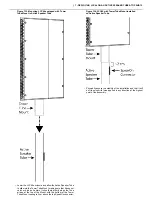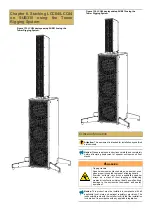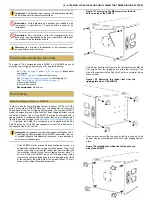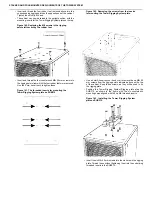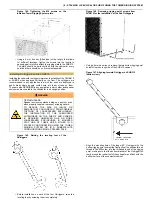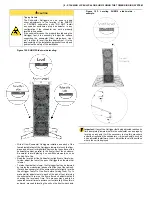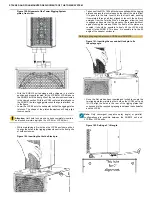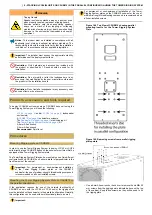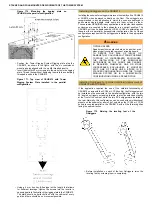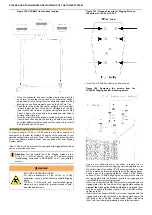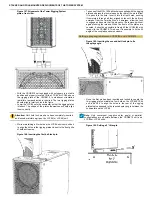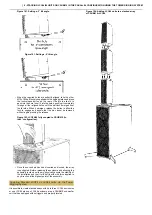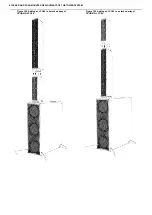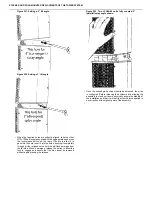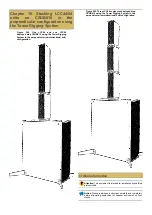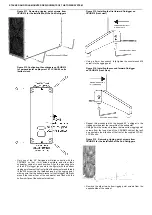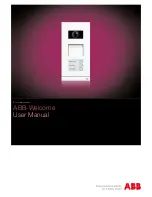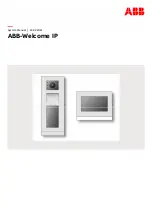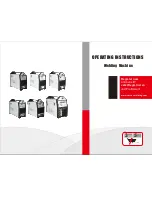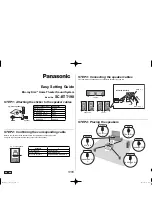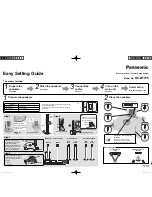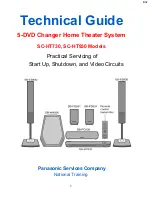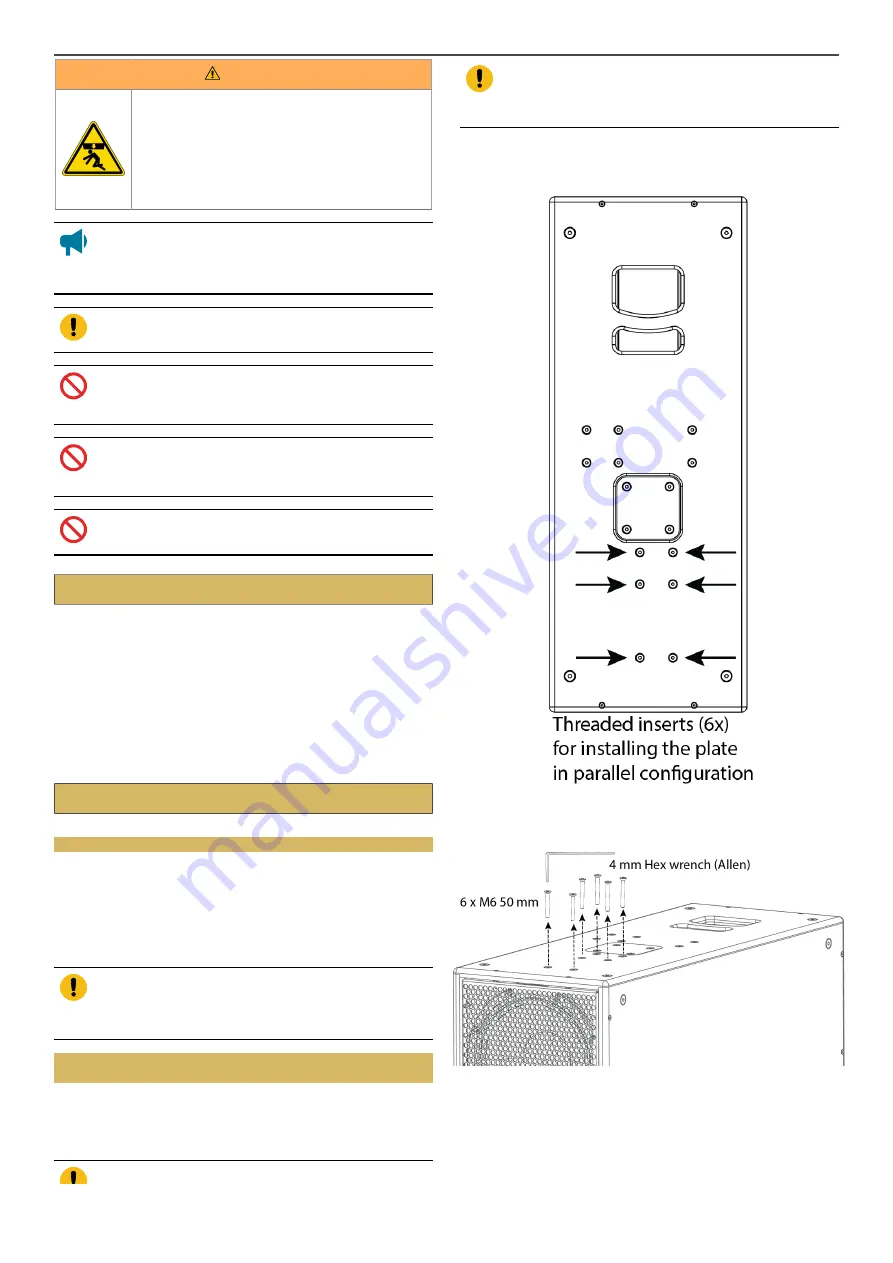
| 9 - STACKING LCC44/84 UNITS ON CSUB610 IN THE PARALLEL CONFIGURATION USING THE TOWER RIGGING SYSTEM
WARNING
Tipping Hazard
Speaker enclosures stacked atop one another, even
when properly coupled, represent a tipping hazard.
Exercise extreme care when assembling speaker
arrays, as a stack of them toppling or collapsing
creates a risk of serious injury or death, as well as likely
damage to the enclosures themselves and nearby
equipment.
Notice: This product must be installed in compliance with all
applicable local, state and national regulatory provisions. The
responsibility rests with the installer to verify that the installation
is carried out in accordance with any applicable legislation.
Important: The installer must assess the appropriate stability
and sturdiness of the deployment surface.
Restriction: Only hardware and accessories included with
the product or specified by 1 Sound should be used for its
installation.
Restriction: Do not modify or alter the loudspeaker or any
accessory. Any modification by the user or installer could render
the product or the installation unsafe.
Restriction: Do not install a loudspeaker or any accessory near
any open flame or heat source.
Products, accessories and tools required
To deploy LCC44/84 enclosures atop a CSUB610 bass unit using the
Tower Rigging System you will need the following:
•
loudspeaker
enclosure(s)
•
subwoofer enclosure
•
Subwoofer Outrigger (on page 9)
stabilizing leg kit
•
Tower Rigging System Plates (on page 8)
kit
•
A 5 mm Allen wrench
•
A 4 mm Allen wrench
•
Recommended: Spirit level
Procedures
Mounting Rigging plate on CSUB610
In order to use the Tower Rigging System to deploy LCC44 or LCC84
units directly atop a CSUB610 bass unit, the subwoofer unit must first be
equipped with a Tower Rigging System plate.
The Tower Rigging System Plate can be mounted in one of two different
configurations on a CSUB610 unit, either parallel of perpendicular to the
front/rear axis of the cabinet.
Important: For permanent or semi-permanent installation
of the Tower Rigging System plates on the CSUB610
subwoofer, the use of medium-strength threadlocking compound
is recommended on all user-installed screws.
Mounting the Tower Rigging System Plate to CSUB610 in
the parallel orientation
If the application requires the use of the cardioid functionality of
CSUB610 on axis with the LCC84 or LCC44 unit(s), the rigging plate
must be installed on the subwoofer in the parallel configuration. Naturally,
this configuration can be used with omnidirectional presets, as well.
Important:
For permanent or semi-permanent installation of the Tower
Rigging System plates on the CSUB610 subwoofer, the use of
medium-strength threadlocking compound is recommended on
all user-installed screws.
Figure 168. Top View of CSUB610 showing parallel
mounting inserts for the Tower Rigging System
Plate
Figure 169. Removing screws from parallel rigging
plate points.
•
Use a 4 mm Allen wrench or hex driver to remove the six M6×50
mm screws from the rigging points indicated above on the top
of the cabinet. Keep these screws, as they will be used to fix
the rigging plate.



